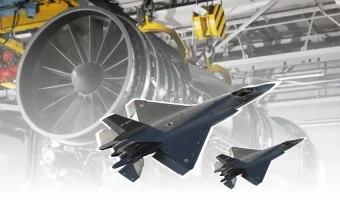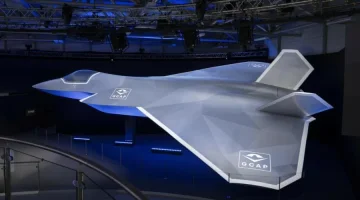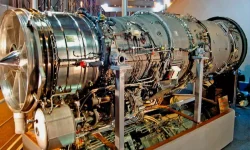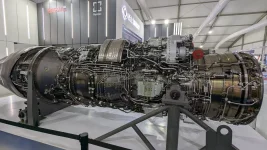- Views: 2K
- Replies: 18

The Aeronautical Development Agency (ADA) has announced that India's Advanced Medium Combat Aircraft (AMCA) will undergo a further critical design review (CDR) following the results of recent stress and load testing.
This development was revealed by an ADA project official during Aero India 2025, held from February 10-14, where a full-scale model of the fifth-generation fighter jet was a key attraction.
Initial stress and load tests, conducted using the finite element method (FEM), a sophisticated numerical analysis technique, had been performed at 90% of the projected load, in line with established ADA procedure. FEM allows engineers to simulate and analyze the structural behaviour of complex systems like aircraft under varying conditions.
However, following a comprehensive review of the initial test data, the ADA management has opted to raise the design benchmark. The decision was made to ensure the AMCA's airframe and overall structure can withstand 100% of the anticipated loads, demonstrating a strong commitment to maximizing the aircraft's safety, performance, and reliability. This reinforces the ADA's dedication to developing a robust and dependable aircraft, vital for India's future air defence.
The findings from the initial tests have necessitated design modifications, prompting the need for this additional CDR. The review process is expected to be completed by April 2025, according to the ADA official.
This extra step, while crucial for ensuring the aircraft's structural integrity, has impacted the AMCA's production schedule.
Originally, the commencement of metal-cutting, a significant milestone in aircraft manufacturing, was planned for 2024, following project approval and funding allocation of INR 150 trillion (approximately USD 1.7 billion) by the Cabinet Committee on Security (CCS) in March 2024.
These activities have now been rescheduled for later in 2025 to allow for the implementation of the design changes and verification of compliance with the updated specifications.
This revised timeline reflects the project's focus on thorough testing and validation, prioritizing long-term performance and safety over adhering to an initial schedule.




